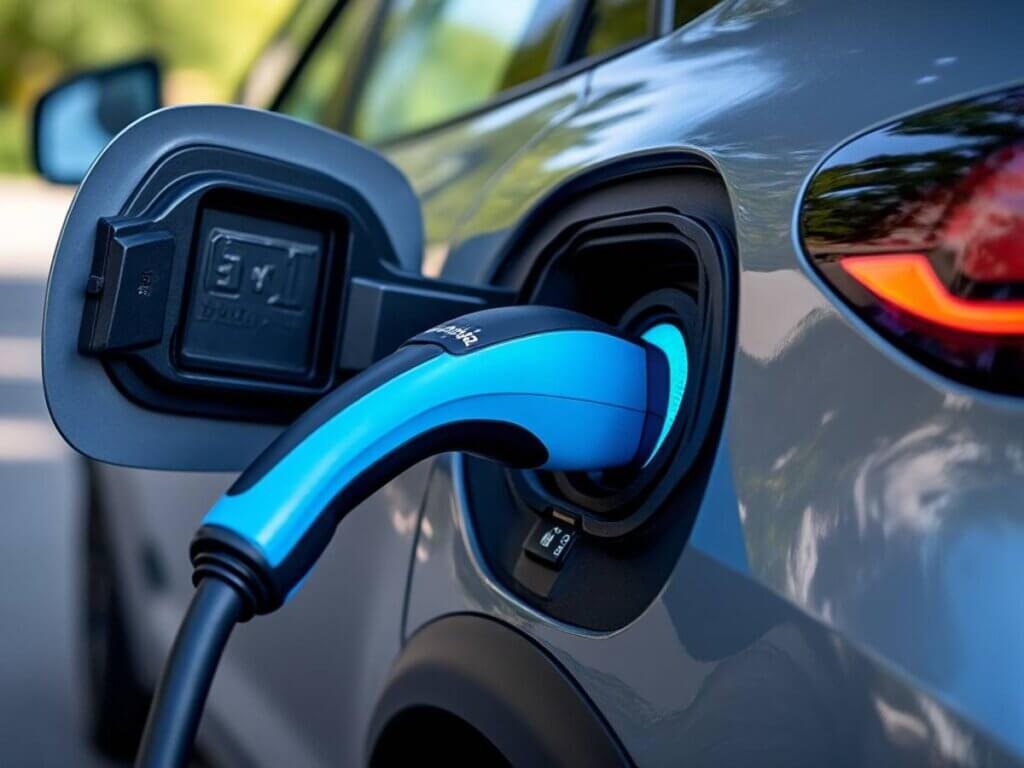What are the different ways to finance a car?
Purchasing a car represents a significant investment. Several financing options are available to consumers, each with its own advantages and disadvantages. In this article, discover the main solutions available to finance the purchase of a vehicle.
Car Loan: A Classic and Flexible Solution

Car loans are one of the most common methods for financing the purchase of a vehicle. This earmarked loan allows you to borrow a specific amount exclusively for the purchase of a car, whether new or used. The loan terms, such as the interest rate, repayment term, and monthly payment amount, are defined at the time of application. Generally, the loan term varies between 12 and 84 months, depending on the financial institution and the amount borrowed.
One of the main advantages of car loans is that the borrower immediately becomes the owner of the vehicle. This means they can use the car without restrictions and resell it at any time, subject to repaying the outstanding loan balance. Additionally, car loan interest rates are often competitive, especially if the borrower has a good financial record. So, to benefit from your car loan, don’t hesitate to visit the Cred’Auto website. However, it’s important to carefully assess your repayment capacity before committing to a car loan. Monthly payments must be compatible with your household budget to avoid any risk of over-indebtedness. It’s also recommended to compare offers from different lenders to get the best possible terms.Lease-to-own (LOA): rent to buy better
Rent-to-own, also known as leasing, offers an attractive alternative to traditional purchasing. In this arrangement, the consumer rents the vehicle for a fixed period, generally between 24 and 60 months, paying monthly installments. At the end of the contract, they have the option to purchase the vehicle by exercising the purchase option, the amount of which is fixed from the outset.
This financing method has several advantages. First, the monthly payments are often lower than those of a traditional car loan, as they only cover the vehicle’s depreciation during the lease period. Furthermore, a lease allows you to regularly change cars and benefit from the latest models without having to worry about reselling them.

However, a lease also has its drawbacks. The lessee does not own the vehicle during the contract term, which can limit certain freedoms, such as customizing the car. Additionally, additional fees may apply if the vehicle exceeds the specified mileage or if damage is noted upon return.
Long-term leasing (LLD): an all-inclusive solution
Long-term leasing is another form of rental that allows you to use a vehicle without owning it. Unlike a lease, a long-term lease does not include a purchase option at the end of the contract. The consumer pays monthly rental payments for a fixed period, generally between 12 and 60 months, and returns the vehicle at the end of the contract.
One of the main advantages of long-term car rental is its ease of management. Contracts often include services such as maintenance, insurance, and assistance, allowing the lessee to manage their vehicle budget without worrying about unexpected expenses. In addition, long-term car rental offers the opportunity to regularly upgrade their vehicle and benefit from the latest technological innovations.
However, long-term car rental also has its limitations. The lessee does not have the option to purchase the vehicle at the end of the contract, which can be a disadvantage for those who wish to keep their car long-term. Furthermore, as with long-term car rental, fees may apply if the mileage is exceeded or the vehicle is damaged.
Cash payment: an option for those on a tight budget
Paying for a car in cash involves paying the entire purchase price in one go, without resorting to external financing. This option is advantageous for those who have the necessary funds, as it avoids credit-related interest charges and long-term commitments. Purchasing in cash also offers greater freedom. The owner can use their vehicle as they see fit, without any contractual constraints. Furthermore, by paying in cash, it is sometimes possible to negotiate a discount with the dealer, which can reduce the total cost of the purchase.
However, this solution is not accessible to everyone, as it requires substantial savings. Furthermore, tying up a large sum for the purchase of a vehicle can limit financial capacity for other projects or investments. It is therefore important to carefully assess your financial situation before opting for a cash payment.

Compare options to make an informed choice
Given the diversity of financing options available, it’s crucial to compare the different options to choose the one that best suits your needs and financial situation. Each solution has advantages and disadvantages that should be carefully weighed. It’s recommended to consider several criteria, such as available budget, desired vehicle renewal frequency, services included in lease contracts, and resale conditions. It may also be helpful to consult a financial advisor or auto financing expert for personalized advice.


Annecy Taxi Station: Green Mobility Thanks to Hybrid Taxis
Annecy, known for its natural beauty and breathtaking landscapes, is much more than just a tourist destination. It’s a city that embraces green mobility, seeking to preserve its natural resources while offering its residents and visitors efficient and environmentally friendly…
Discover the Fiat 59 2.3L multijet model: the well-kept secret of adventurers!
The Chausson Model 59, powered by the Fiat 2.3L Multijet engine, is much more than just a campervan; it’s a true invitation to adventure. Excelling in the field of outdoor mobility, this recreational vehicle offers unparalleled travel comfort with its…

What is the battery capacity and how does it affect the range?
Purchasing an electric car (EV) in France has become a popular choice for many drivers, not only for its environmental benefits, but also for the long-term savings it can offer. However, before embarking on this energy transition, it is essential…




